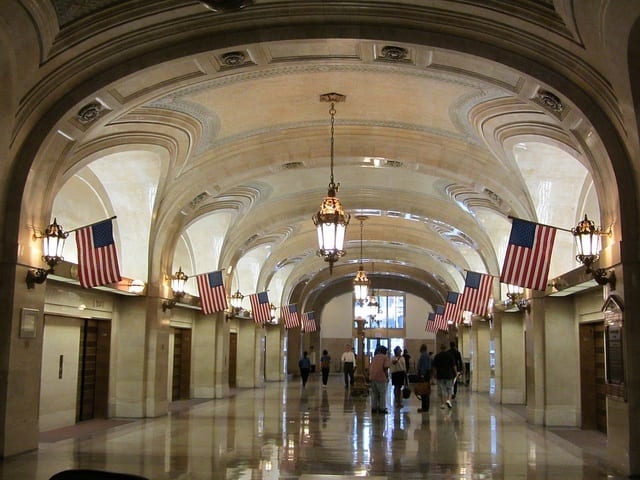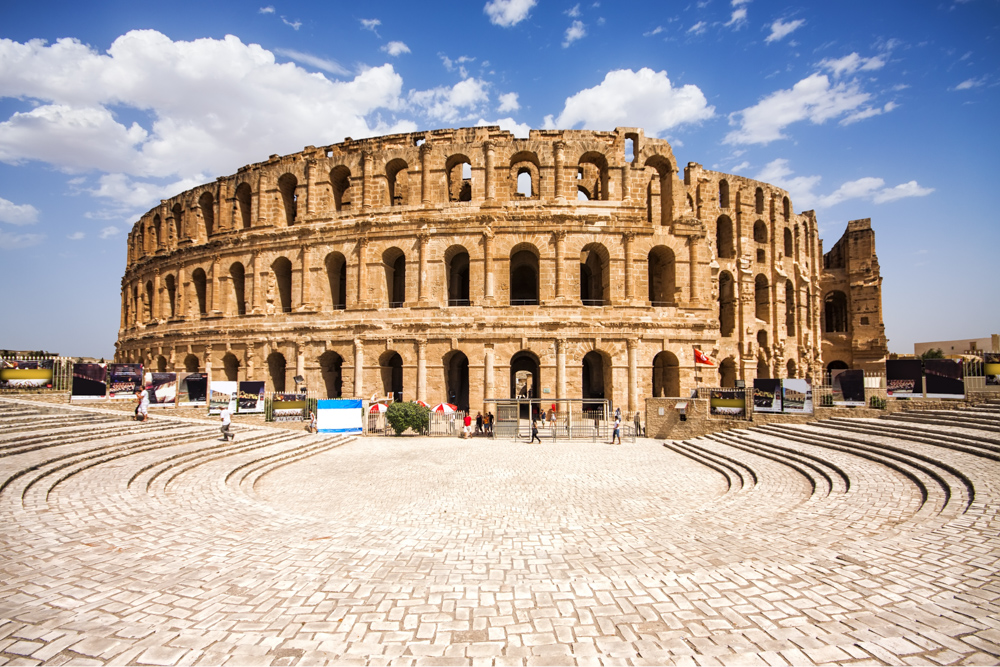This post may contain affiliate links. We may receive a small commission, at no cost to you, if you make a purchase. Read Disclosure.
Chicago is the birthplace of the skyscraper. The world’s first skyscraper, The Home Insurance Building, was built in the city, marking a turning point in Chicago’s urban history.
As more and more skyscrapers were built, and foot traffic increased in Chicago’s Central Business District, a new pedestrian way system was needed to help people navigate their way between buildings without having to cross the highly trafficked streets.
Enter the Chicago Pedestrian Walkway System, known as Pedway for short, is a system of underground tunnels, ground-level concourses, overhead bridges, and hallways, connect some of the most famous commercial buildings, malls and metro stations in the city.
In this guide, we share what there is to see and do along the Chicago Pedway system, a staple piece of engineering and important part of Chicago’s architectural heritage.
What is the Chicago Pedway?
Essentially, the Pedway, short for Pedestrian Way, is a series of connecting passages in Chicago’s downtown that allow you to transverse from one building to the next without stepping outside.
The system was opened to the public in 1951, with the last piece of the Pedway to be completed being the tunnel between the Milwaukee-Dearborn Subway and the State Street Subway, which is where the Red Line and Blue Lines meet.
About 40 city blocks long, the passages zigzag through around 50 buildings throughout the Loop.
Many Chicagoans are unaware of the Pedway. Since parts of the passages cut through the lobbies of buildings, people step in and out of the Pedway each day being completely unaware they are entering a segment of the connecting tunnels.
Collectively, these underground tunnels are known as the Pedway.
The longest section of the Pedway starts at 120 N. LaSalle Street and runs to the Millennium Park by Columbus Drive and Randolph Street.
Underground Tunnels
Many people do not realize several of the buildings that line the curved shoreline and continue to expand towards the west part of the city also have life underneath.
The downtown blocks of Chicago, known as the Loop, contains miles of connecting ground level and underground passages.
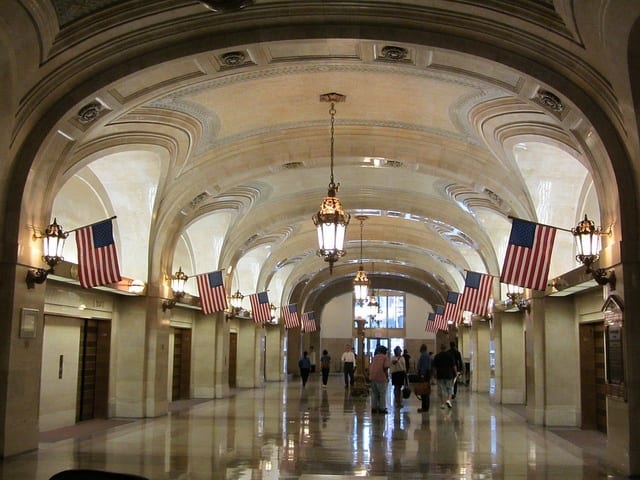
I first heard about these underground tunnels from Margaret Hicks, owner of Chicago Elevated and the person who gave me the tour of the Pedway.
When she described it as “underground tunnels,” I was intrigued and a bit nervous.
I envisioned dark, sewer-like tunnels with rats scrambled across the path. I imagined us walking through some secret passageways that only mobsters were privy to.
I assure you, the Pedway is nothing like that.
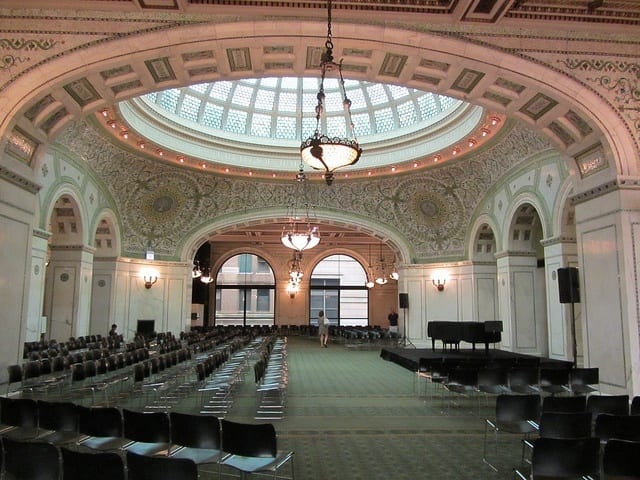
As a matter of fact, portions of the Pedway include the entrance to City and County Hall, the Chicago Cultural Center, and the Illinois Building.
Along the way, you will encounter food courts, shops, public art displays, subways, and City Hall, in between many of the Loop’s buildings in the heart of the city.
These walkways also provide shelter from the brutal Chicago winters. For those who take advantage of it, the windy, frozen streets outside are virtually unknown.
Why is the Pedway Unknown?
Local tourist offices do not hand out maps of the Pedway. Actually, they are no longer printed, so it is also not widely advertised.
It was also not built to be a tour route, but a way to aid Chicago’s pedestrian traffic and to provide easy access to commuter trains.
With so much to see and do in Chicago, a Chicago Pedway tour just gets buried among all the other Chicago tours.
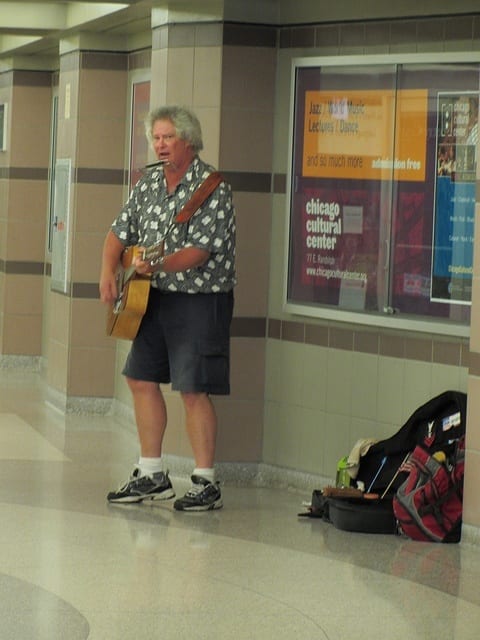
Even though tourist offices in Chicago don’t really advertise, the Pedway is becoming more and more popular due to television media, travel review sites, and online articles.
How to Tour the Chicago Pedway
Obviously, there is no entrance fee to meander through the tunnels at your own pace.
The Pedway is open for anyone who wishes to make his or her way through the Loop indoors.
Tip: You can look out for signage as you walk along the tunnels to navigate your way. Wherever you see The Pedway symbol, depicted by a yellow compass, you know you are on the right track. (Images of Oz may be entering your mind.)
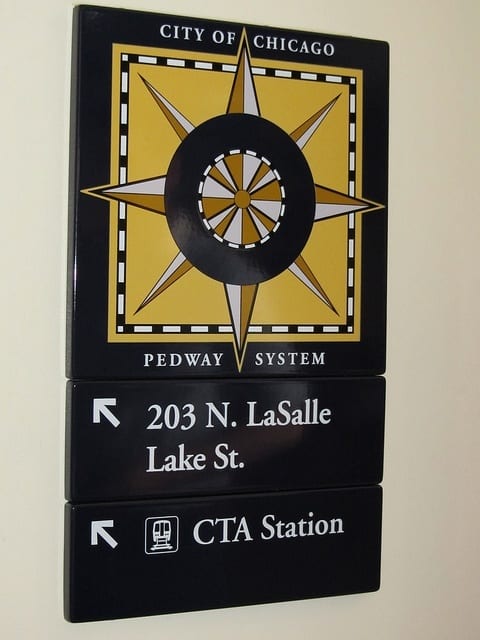
Since the Pedway passes through private buildings and residential buildings, many of these buildings are only open during business hours, so visitors cannot walk all the way through the Pedway on the weekends.
While you can walk through on your own, which is a blessing in the winter, if you want to learn more about the Pedway and the city of Chicago, the best advice is to take a tour.
I would recommend getting a tour from someone who knows Chicago.
This 2 hour tour of the Pedway not only shows you some of the most iconic buildings in the downtown neighborhoods, but also provides tidbits about Chicago’s history and secrets that only the locals know.
FAQs About Chicago’s Pedway
Are there any stairs on the Chicago Pedway?
There are a few stairways on the Chicago Pedway, notably at Dearborn St, which takes you to Richard J. Daley Plaza.
Is the Chicago Pedway stroller friendly?
Yes, pedestrians will find that the majority of the Chicago Pedway is suitable for strollers and wheelchairs.
What are some iconic buildings on the Chicago Pedway?
The Chicago Pedway passes some iconic buildings, such as AON Center, Prudential Center, Richard J. Daley Center, the Hyatt Regency Hotel, and Millennium Station.
Final Thoughts
Gathered along the southwestern tip of Lake Michigan, steel framed buildings protrude from the lakefront, providing the spectacular views Chicago is famous for.
While Chicago’s skyline is made up of an assorted display of architectural brilliance, adjacent to miles of beaches and waterfront parks, what sets Chicago apart from other cities is how far ahead it is when it comes to architecture and engineering.
The Chicago Pedway is a way to fully appreciate Chicago’s masterful pieces of engineering and to get around the city with ease.
More Chicago Travel Tips
Need more inspiration for things to do in Chicago? Here are some other guides that may help!
